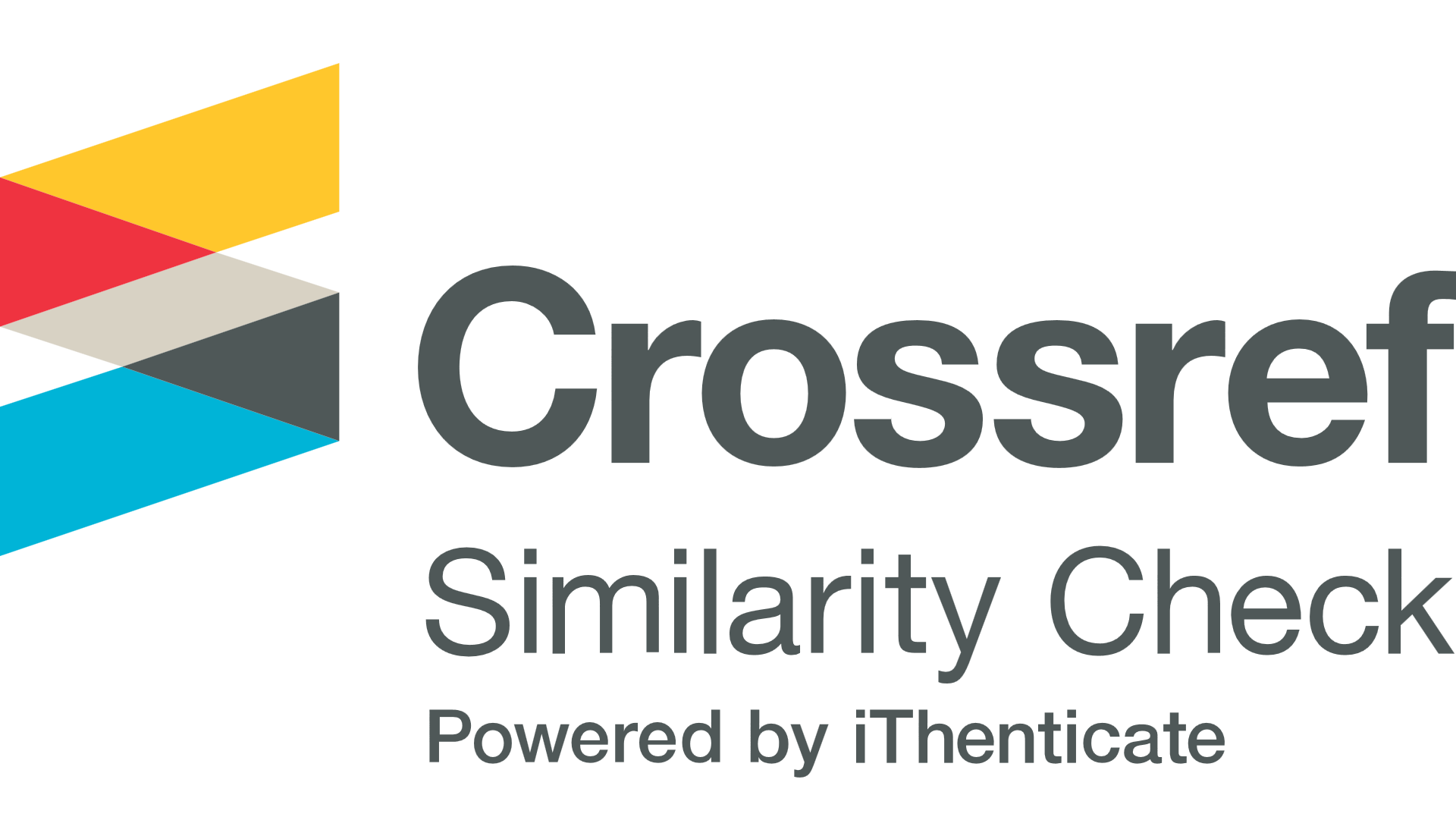The Use of RAPDs Technique for the Detection of Genetic Stability of Date Palm Plantlets Derived From In Vitro Culture of .Inflorescence
Abstract
The study aimed to use of RAPD - PCR markers to prove the geneticstability of two date palm (Phoenix dactylifera L.) cultivars Barhi andMaktoom produced by tissue culture technique. Inflorescences wereexcited from adult tree of the two cultivars. Spadixes were divided in topieces . 0.5 em in length and cultured on MS modified mediumsupplemented with 100 !lM of 2,4-D and 15 !lM of 2ip. Callus wasobtained after 8 weeks and adventitious shoots formation was achievedwhen callus transferred to MS modified medium supplemented with 10!lM of 2ip and 5 jlM of NAA. Shoots rooted on half strength MS saltsmedium supplemented with 5 !lM of NAA with increasing sucroseconcentration to 131.5 mM. Plantlets were acclimatized and successfullytransferred to soil. RAPD - PCR analysis using 25 universal primerswere_performed on DNA extracted from the fresh healthy leaves of themother tree and from samples randomly taken plantlets derived fromtissue culture. Reproducible RAPD patterns were obtained using 20primers, Seventeen primers showed completely monomorphic bands inall samples tested of the progeny. Only three primers showed somepolymorphic bands on the agarose gel for both cultivars in some samplestested comparing with the DNA banding pattern for the intact trees, thesewere OPD.01 primer for Barhi, and OPB.07 and OPC.08 for Maktom.According to the results above it was obvious that genetic variationscould occurred in plantlets derived from callus proliferated frominflorescence of date palm, furthermore RAPD appears to be an efficienttechnique and a simple fast DNA marker for the early detection ofgenetic variations in plants propagated by tissue culture technique.





